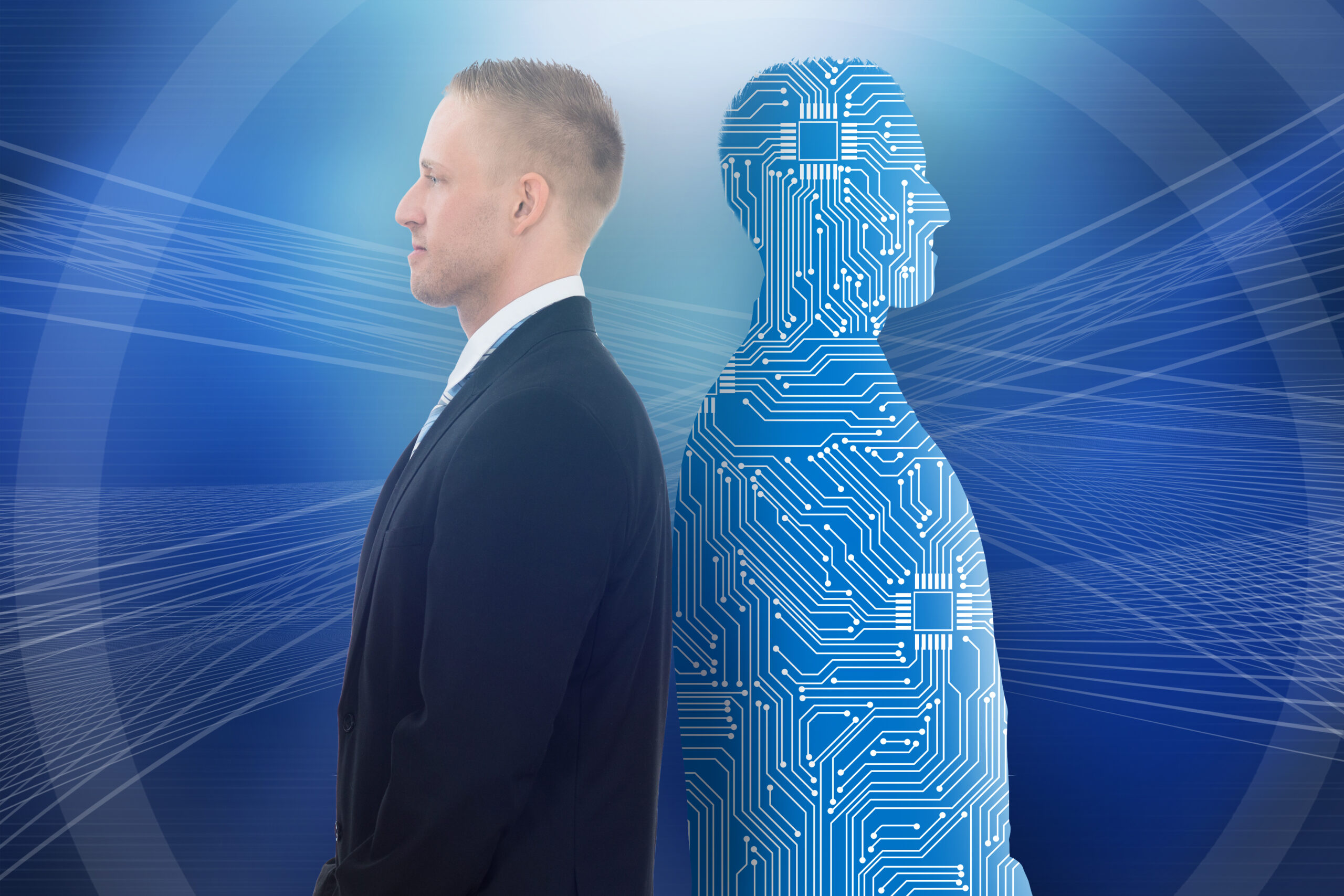Meet your digital coach: reality or baloney – the hard science tells us something more nuanced
Imagine a world where your entire workforce benefits from a personal coach, without the emotional and cognitive heavy-lifting of a human doing the job – and of course, without the cost. This future is just around the corner!
Or is it?
As with most issues connected with AI, the real picture is somewhat murky and complex. And this matters. If organisations rush to embrace this seductive new world, without asking the crucial questions, the human cost could be high.
Meaningful human relationship
So, can Gen AI provide a workable facsimile for a meaningful human relationship that is based on support, guidance and advice?
Well, the idea is not entirely new. The corporate world should draw important lessons from the world of therapy.
Rapport, empathy and trust
Of course, psychotherapy and coaching are not the same, but there are clear parallels from which we can learn. Both are profoundly relational, and both unlock solutions by creating a deep sense of rapport, empathy and trust.
Therapeutic Conversation
Many in the therapist community will be familiar with the story of Eliza.
Eliza, created by Joseph Weizenbaum at MIT in 1966, was one of the first computer programs to simulate a therapeutic conversation. Eliza mimicked a psychotherapist by reflecting users’ statements back as questions – for example:
“My boss doesn’t understand me.”
“You feel your boss doesn’t understand you. Tell me more about your boss.
Users often reported feeling genuinely understood, and would open up to Eliza; a response that Weizenbaum found unsettling.
Ethical implications
Concerned about the ethical implications, Weisenberg repeatedly emphasised that the process was purely mechanical; and no human understanding was involved. Despite this, many continued to use it and claimed that they found it beneficial. (Including, it’s said, Weizenbaum’s own office secretary)
It appears that we humans have a remarkable tendency to perceive the presence of another human mind where none exists. Does this matter? Well, it seems that it does, and it can have serious consequences.
Gen AI Chatbots for Therapy.
In March this year, the American Psychological Association urged the Federal Trade Commission to put firm safeguards in place to prevent the public from harm. This followed a series of tragic outcomes, resulting from people using Gen AI Chatbots for Therapy.
Research into “Therabot,” the program developed specifically for this purpose, identified considerable investment in human time is required to keep the program safe. That is worth repeating. The current cost of human machine-minding outweighs any cost saving from reduced human labour.
Executive coaching
But executive coaching is not the same as Therapy? That is true. But the coaching relationship if mishandled is still strewn with potential risks and pitfalls.
Fast forward to the present day, and these digital codes have now taken a crucial step forward. Not limiting themselves to reflecting, they offer advice and guidance.
Chat GPT as a therapist
Appearing on BBC Radio Four’s All in the Mind programme, a busy executive, dealing with work pressure and a painful divorce, uses Chat GPT as a therapist. The chatbot offers CBT-style, low-intensity guidance: identifying automatic thoughts and reframing them; brief grounding/breathing exercises; journalling or mood-tracking prompts; behavioural activation (tiny, achievable actions for the next day.) So far, so impressive – and the user clearly feels that she is deriving benefits. But something is missing.
As we say at Threshold, great conversations – like great relationships – are built on rapport not agreement. Disagreement is an essential part of the relationship. A good coach needs to have the courage to allow the conversation to become uncomfortable.
Dangers of Executive Coaching
In his landmark Harvard Business Review article, “The Very Real Dangers of Executive Coaching”, The psychologist Dr Steven Berglas warns that – without challenge and disagreement – coaches can inadvertently collude with problematic leaders by over-validating their narratives and goals. The agreeable stance can reinforce grievance, entitlement, and blame-shifting, which then worsens team climate and turnover.
Like therapy, the coaching relationship, is not just about trust and Rapport. These are necessary but not sufficient conditions. Trust and rapport are means to an end. The purpose is to create the climate in which the coach can guide the participant to a point where their assumptions about themselves and their situation are challenged. This process of challenging one’s thinking is essential. It requires openness and the sense of courage both on the part of the coach and the participant.
Rupture and repair
This idea of “rupture and repair” is at the heart of coaching and therapeutic relationships. Let’s unpack what we mean by that. Rupture and repair refers to the process by which tension, misunderstanding, or disconnection arises in a helping relationship – and is then recognised, explored, and mended. And here’s the point: the bond is not simply repaired, it’s strengthened.
Rupture-repair cycles are now understood as central to all growth-oriented relationships, including executive coaching and mentoring.
A rupture might occur when the therapist challenges a client too directly, or steps on uncomfortable ground. What distinguishes effective practitioners is not the absence of rupture, but their capacity to notice, name, and address it.
Repair involves openly acknowledging the tension, empathically exploring its meaning, and re-establishing collaboration. This act of repair models emotional honesty and mutual respect.
How technology has moved on since the days of Eliza!
Large Language Models
Today’s Large Language Models use phenomenal processing power. The scale of the training data from which they scrape responses is truly stratospheric. The result? They do an awesome job of imitating what a human coach would say. But therein lies the problem. The result is simply a more powerful illusion of a human mind behind the curtain. This is the defining limitation of Gen Ai chatbots as tools for coaching and mentoring.
Human experience
Empathy comes from the confidence that we are dealing with another human mind that cares about us and seeks to understand us. This means it requires human experience.
Empathy leads to trust, which in turn leads to rapport. And rapport is the foundational ingredient that allows for the sort of disagreement and challenge that alters unhelpful thought patterns. Only with this disagreement and challenge can genuine, lasting breakthrough be achieved.
 To find out how we can help leaders in your organisation to be more impactful, influential and persuasive visit www.threshold.co.uk
To find out how we can help leaders in your organisation to be more impactful, influential and persuasive visit www.threshold.co.uk




